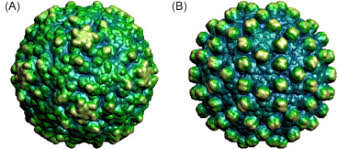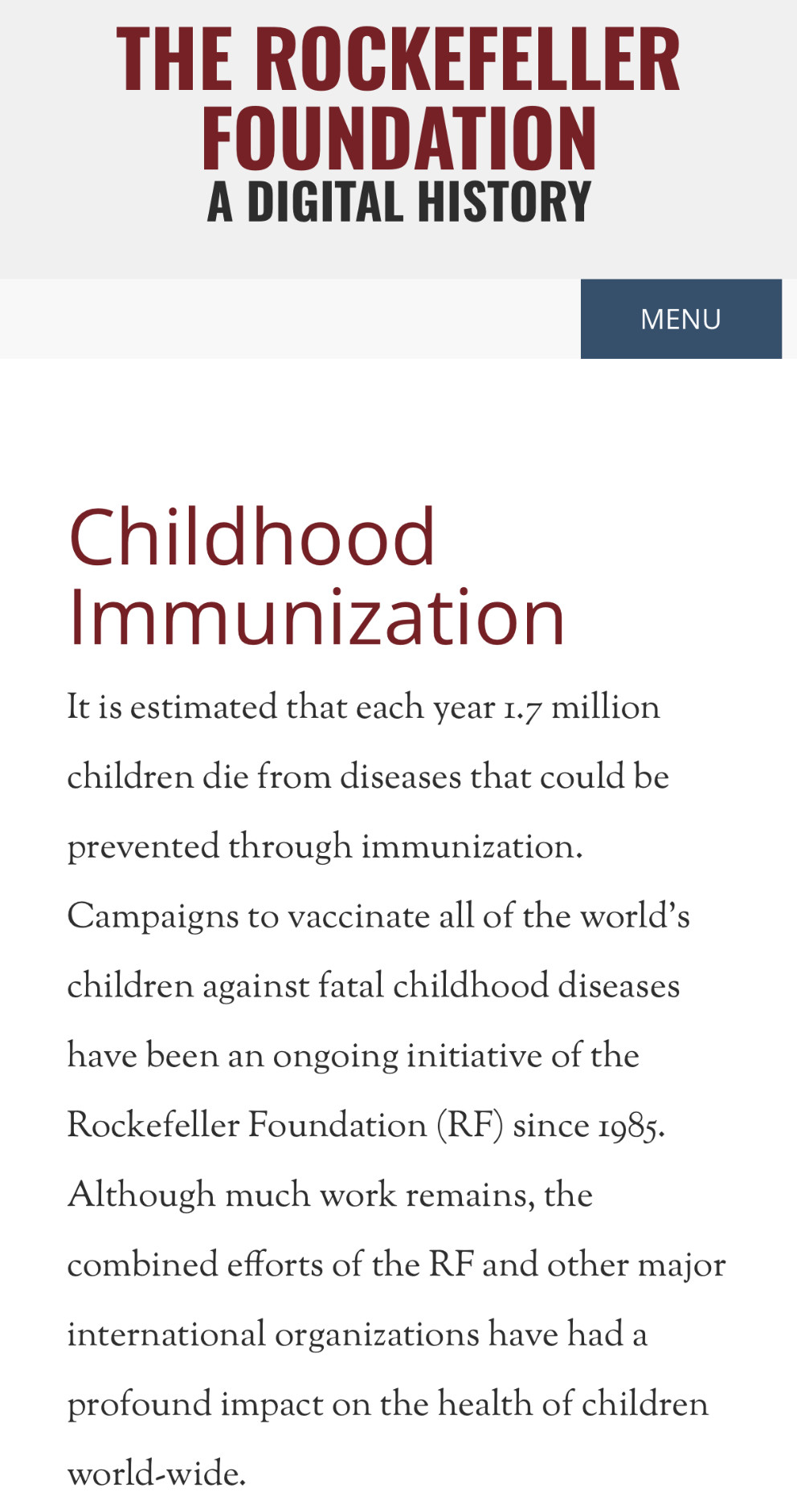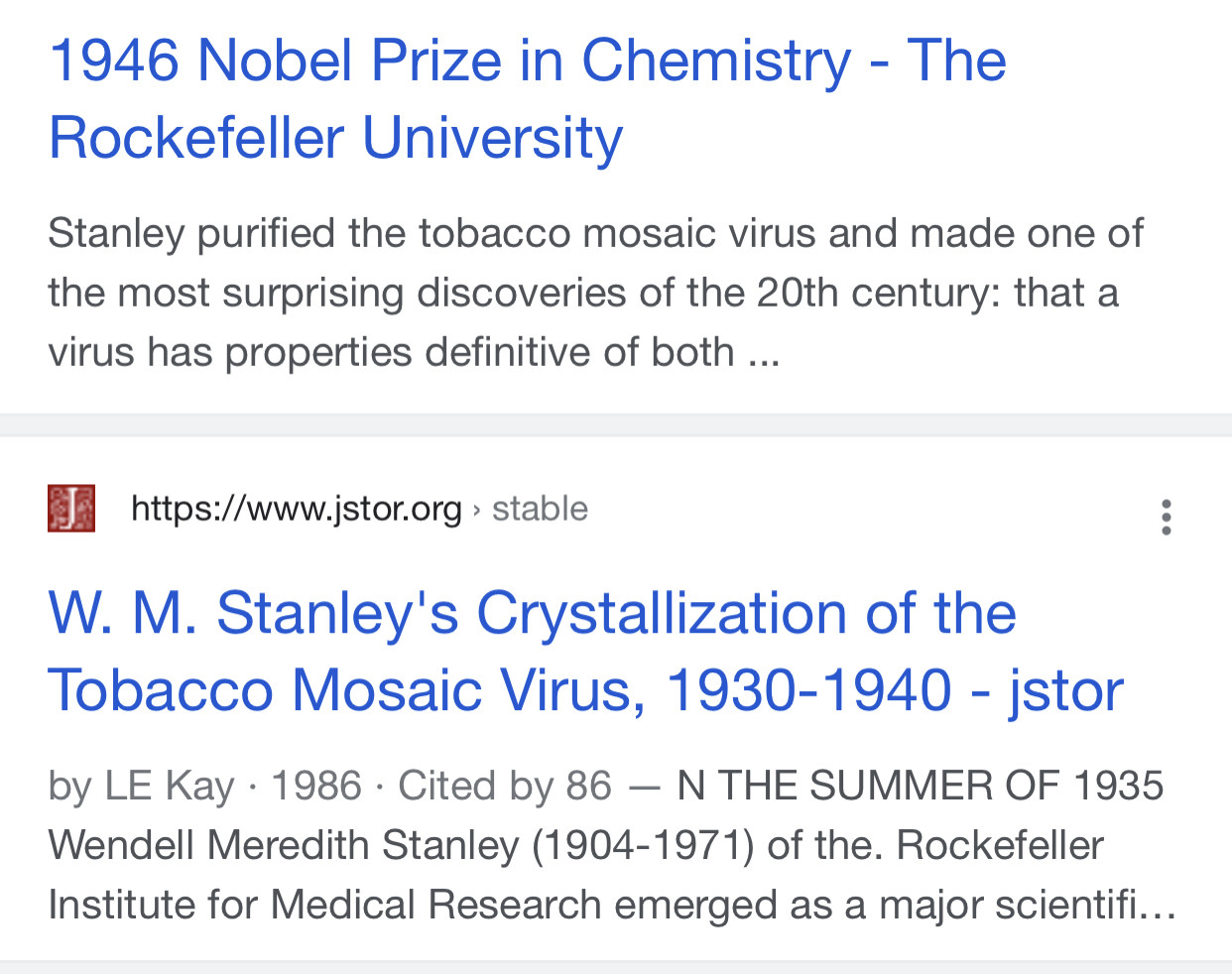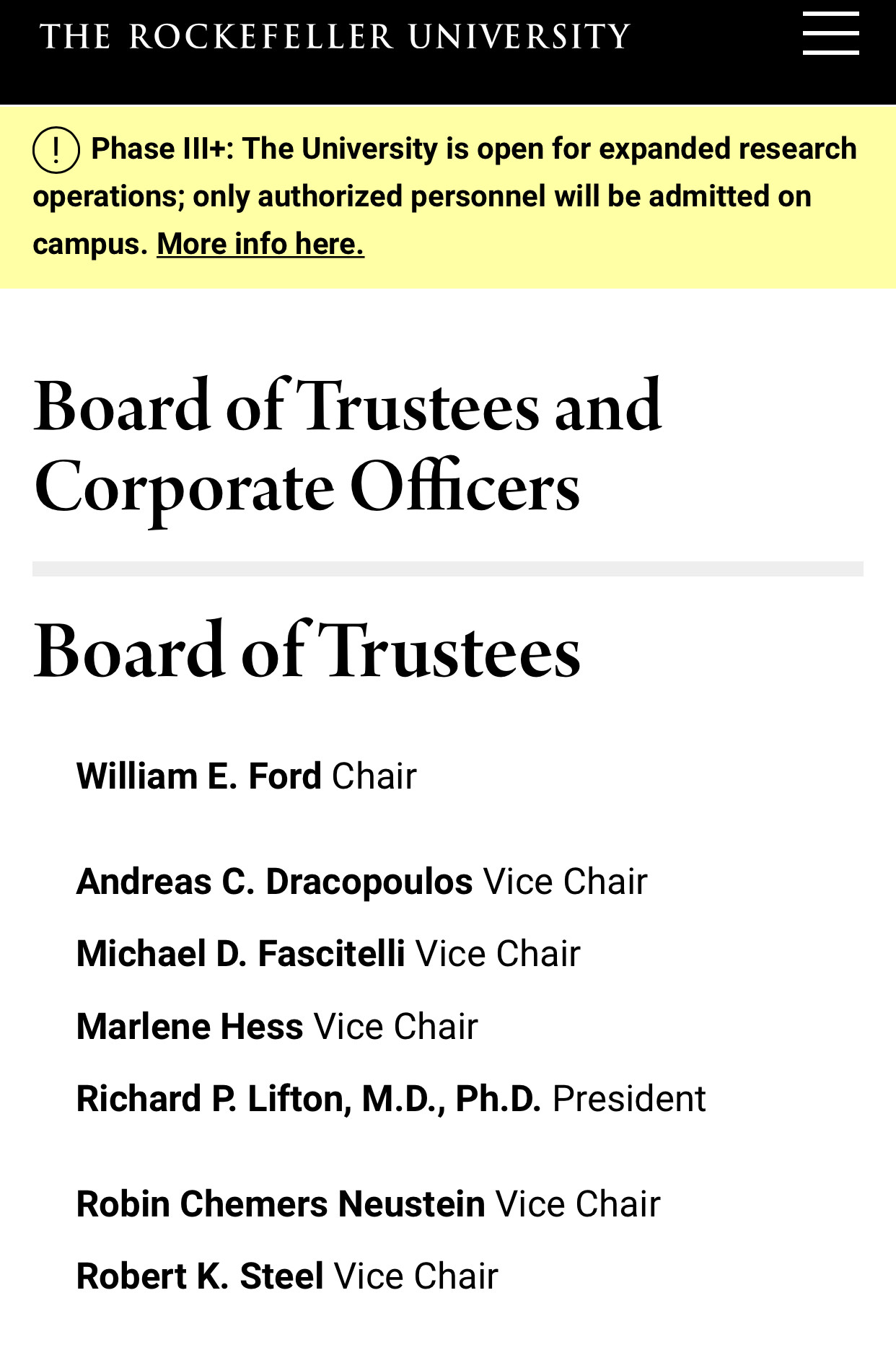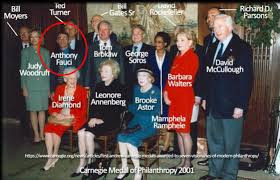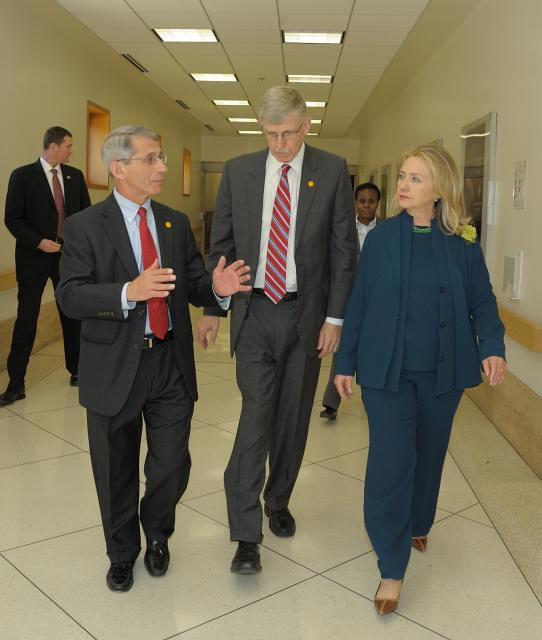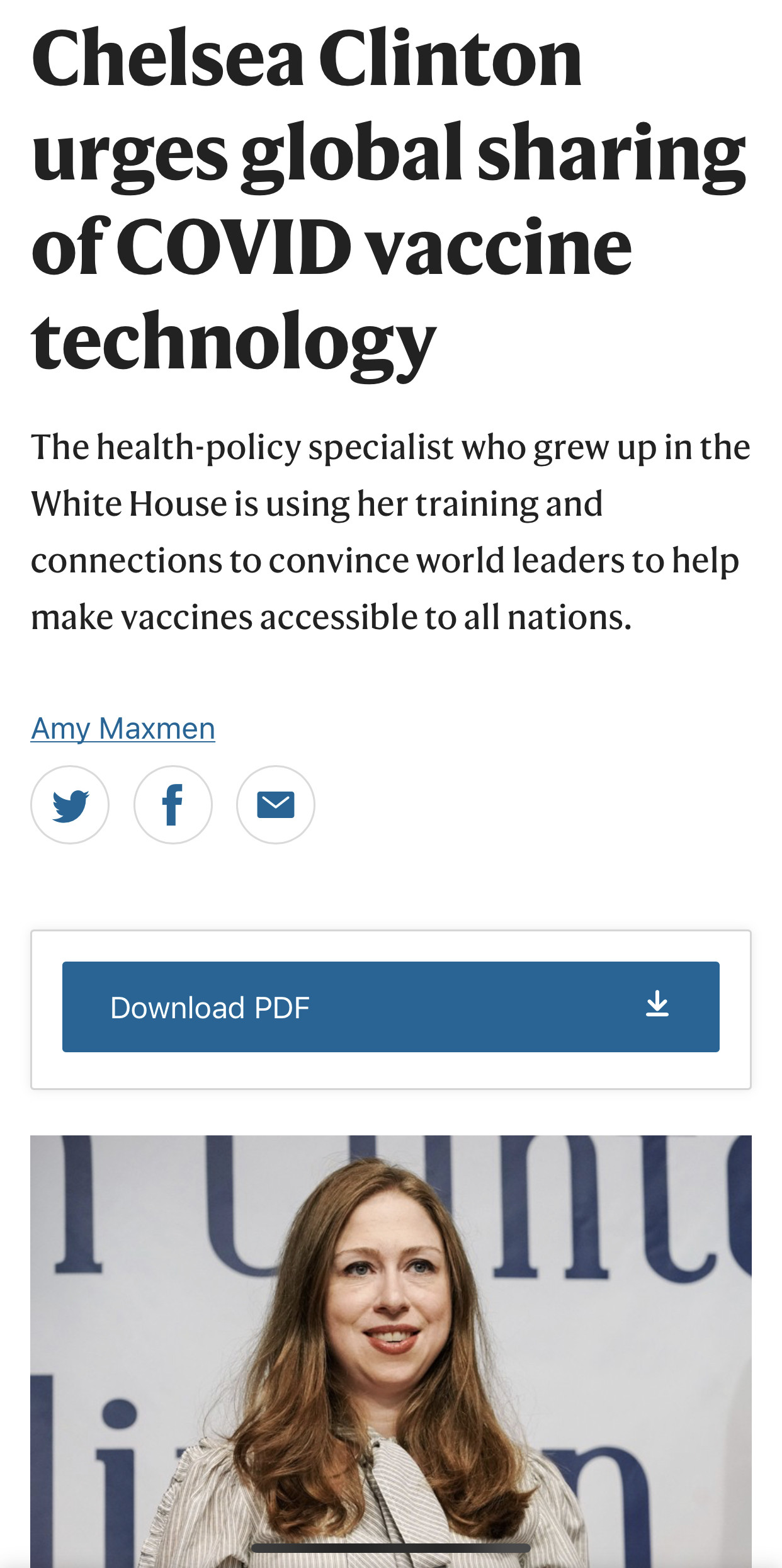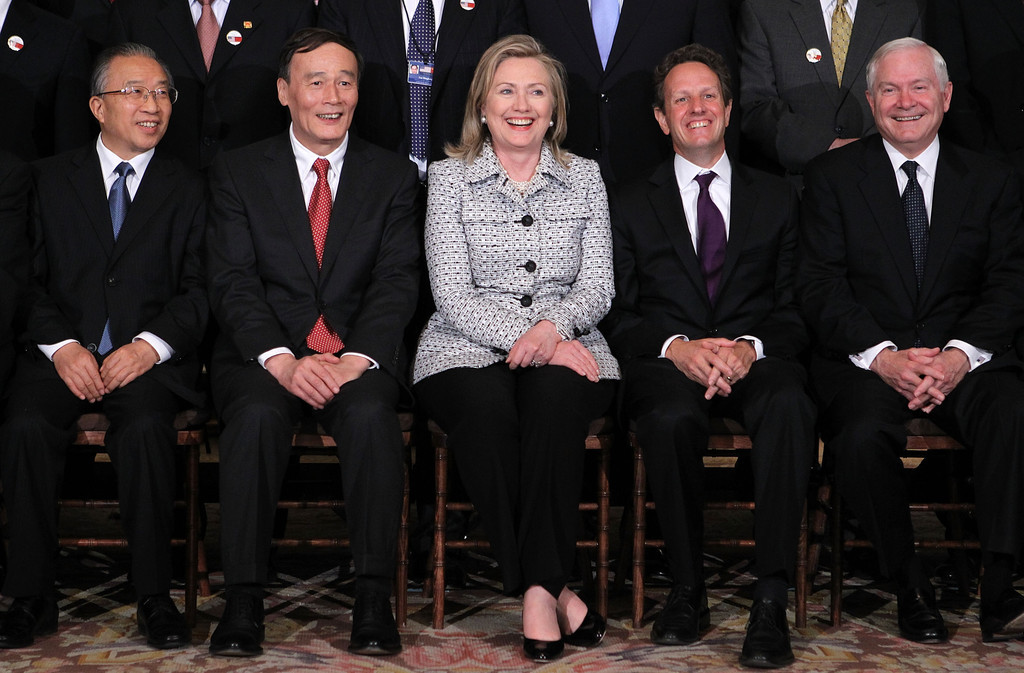A seed crystal is a small crystal that is used as a base to grow a large single crystal. Without a seed, crystals form slowly from random intermolecular interactions. When the seed is placed in a saturated or supersaturated solution it acts as a nucleation site. This decreases the time needed to grow a crystal and directs growth to a single region. Here’s how to grow a seed crystal and how to use one to get a large, perfect crystal.
The semiconductor industry uses seed crystals to grow large single crystals (boules) of silicon using the Bridgman technique or Czochralski method. Seed crystals promote the growth of desirable type V crystals when tempering chocolate. Seeds are also used to grow crystals for crystallography and other purposes.
In virology. In 1935 tobacco mosaic virus became the first virus to be crystallized; in 1955 the poliomyelitis virus was crystallized.
Scientists also are testing whether delivering either bNAbs against the virus or antibodies against parts of the immune system can produce ART-free remission by inducing long-lasting, immune-mediated control of the virus without further intervention, Dr. Fauci will explain. A study led by scientists at NIAID and Rockefeller University showed that giving infusions of two different bNAbs to monkeys infected with a simian form of HIV enabled the immune systems of some of the animals to control the virus long after the antibodies were gone.


